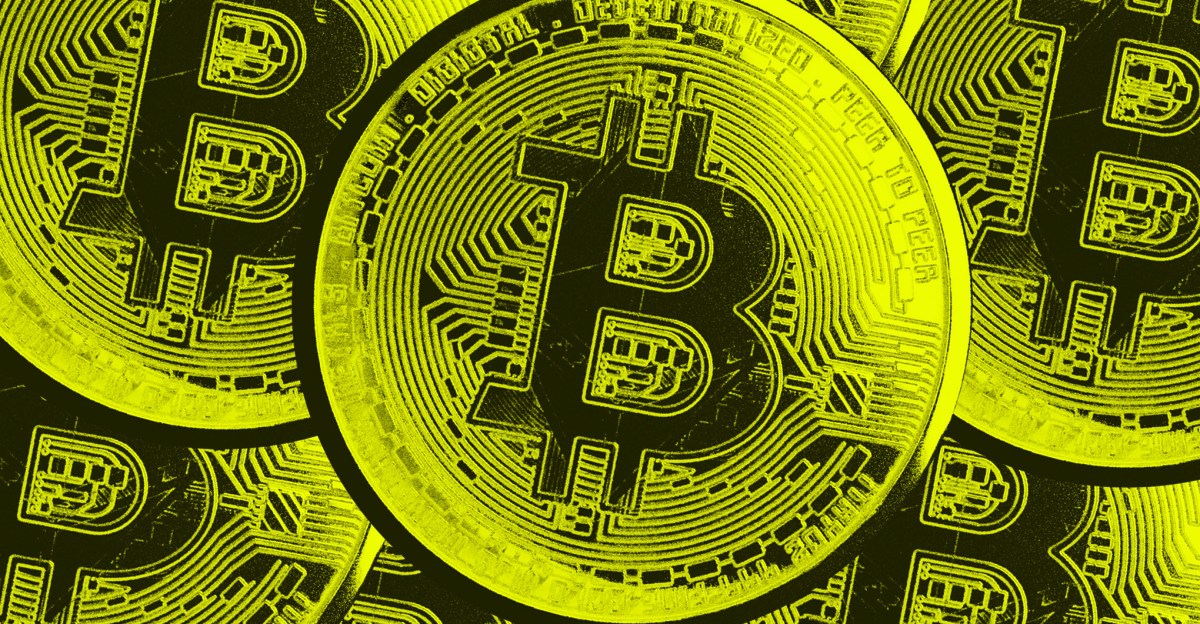Crypto Crackdown: Senate Republicans Unveil Groundbreaking Market Reform Blueprint

In a significant move for the cryptocurrency industry, Senate Republicans have refined their draft legislation on digital asset market structure, introducing a crucial framework to clarify how different digital assets will be classified and regulated.
The proposed bill aims to create a clear distinction between digital assets that will fall under securities regulations and those that will be treated as commodities. This nuanced approach could provide much-needed regulatory clarity for crypto investors, exchanges, and blockchain companies navigating the complex landscape of digital asset governance.
By establishing precise categorization criteria, the draft legislation seeks to address one of the most pressing challenges in the crypto ecosystem: determining the appropriate regulatory oversight for various digital assets. This development signals a more sophisticated and targeted approach to cryptocurrency regulation, potentially offering more certainty and stability for market participants.
The updated draft represents a critical step towards creating a more structured and predictable regulatory environment for digital assets, which could help foster innovation while protecting investor interests.






